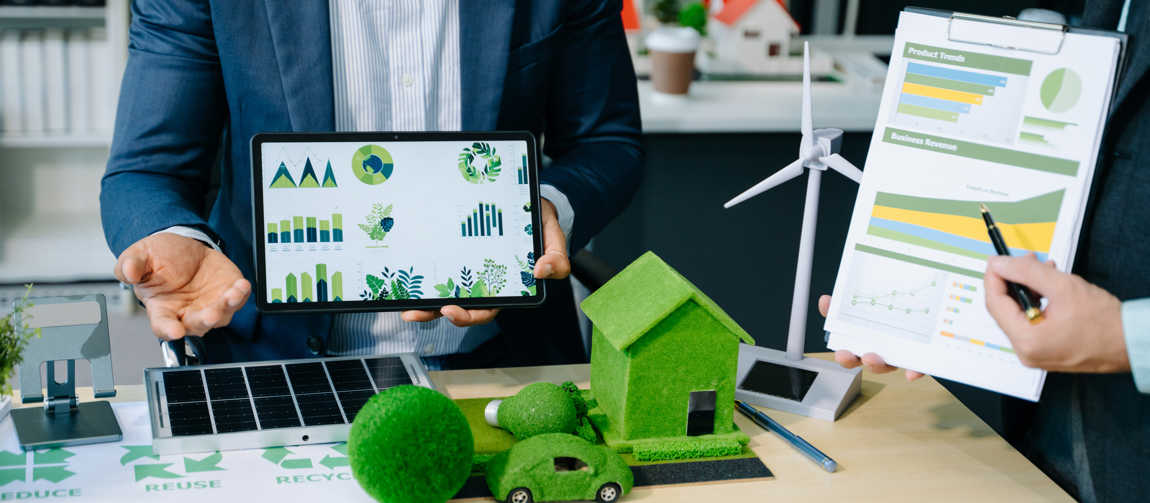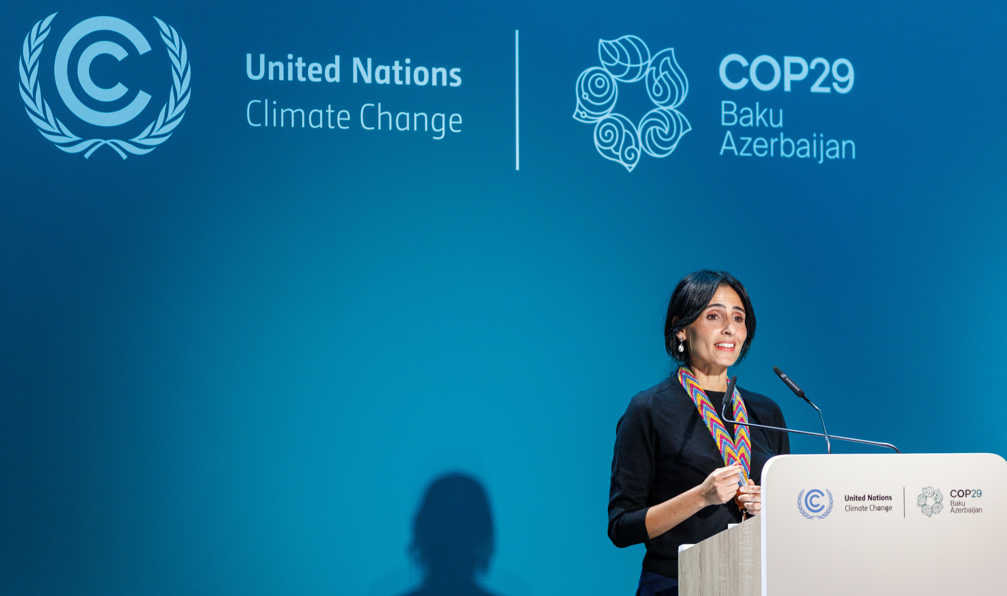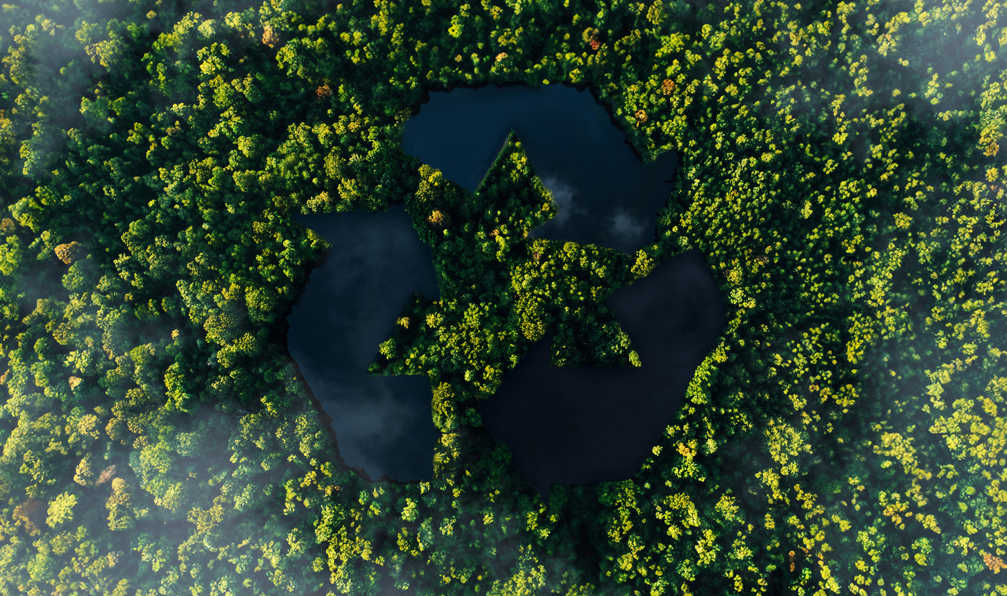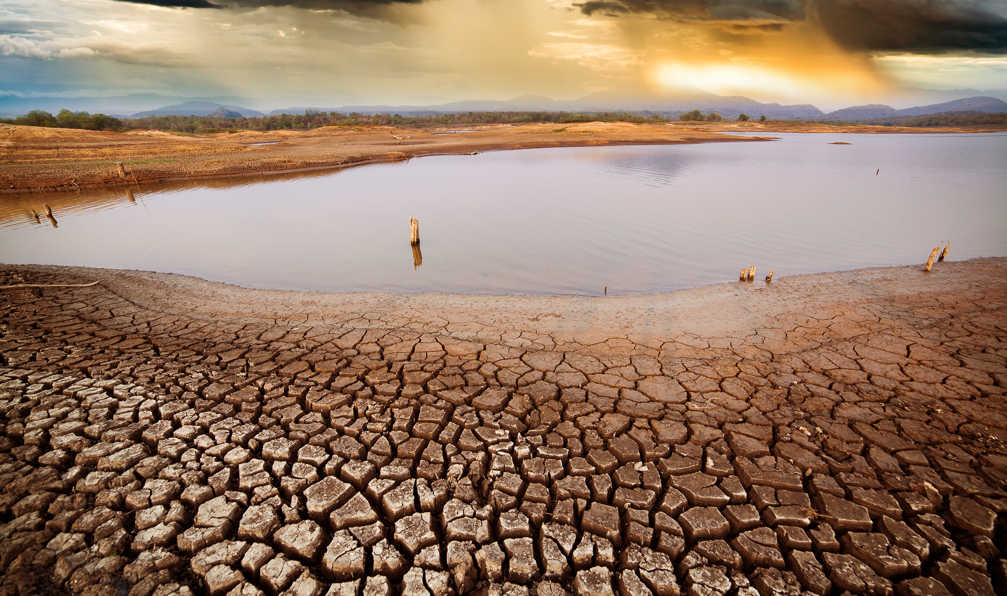
Discover Your Product’s Environmental Declaration with the EPD
You may be constructing a building. Or perhaps you're manufacturing a chair. Maybe you're simply purchasing a ceramic tile. All these products share an invisible, yet vital common language: their environmental impact.
But did you know there is a transparent, scientific, and comparable way to understand these impacts?
Introducing the EPD – Environmental Product Declaration. A comprehensive environmental product profile that clearly discloses a product’s impact on nature, based on internationally recognized standards.
What is an EPD?
An Environmental Product Declaration (EPD) is a standardized and science-based document that assesses the environmental impacts of a product throughout its entire life cycle. It is prepared in accordance with internationally recognized standards such as ISO 14025, ISO 14040/44, and EN 15804.
An EPD provides quantified environmental information on aspects including, but not limited to:
- Global warming potential (carbon footprint)
- Water consumption
- Acidification potential
- Eutrophication impact
- Waste generation
Energy use and more…
In essence, an EPD presents a comprehensive overview of a product’s environmental profile. It serves as a transparent and credible answer to the question:
“What are the environmental impacts of this product?”
Why Is It Important?
As environmentally conscious purchasing behaviors and green building certifications (such as LEED and BREEAM) become increasingly widespread across the globe, the environmental performance of products is gaining greater visibility and significance.
With an EPD:
- Companies can evaluate the environmental impact of products during raw material sourcing.
- Carbon management strategies can be developed more effectively.
- A competitive advantage is gained in international markets.
- Transparency is ensured for consumers and stakeholders.
For example, imagine you are a ceramic manufacturer aiming to export your products to Scandinavian countries. In markets where sustainability and low-carbon production are highly prioritized, having an EPD can set your product and company apart.
Or, consider supplying ceramic materials for a construction project targeting a LEED Gold certification. Products with an EPD contribute points toward achieving this goal.
Ultimately, an EPD is not only an environmental asset, but also a smart business investment.
The Link Between EPD and LCA
An Environmental Product Declaration (EPD) is based on something called a Life Cycle Assessment (LCA). The process starts with a detailed review of the product's life cycle. Then, the results of the review are shared using the EPD format and checked by independent third-party assessors. This means that an EPD is more than just a marketing document. It is a scientific and reliable way to check the environmental impact of a product.

Time for Transparency for a Carbon-Free Future: Why is CDP important?

A New Era in Carbon Management: ETS

A Fragile Reality at COP29: Climate Finance as the Greatest Barrier to Solutions

Digital Product Passport (DPP): Advancing Transparency, Sustainability, and the Circular Economy

Highlight Your Company’s Sustainability Values with an ECOVADIS Medal!

The Responsible® Programme: A Strategic Guide to the Green Transformation of the Business World

Sustainability for Companies: A Matter of Image or a Necessity?

Sustainability and Competitiveness: The Business Model of the Future

TCFD and TNFD: The New Standards for the Business World

Türkiye Sustainability Reporting Standards: Changing the Rules of the Game for the Business World!

National Emissions Trading System and Carbon Credit System
